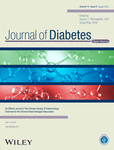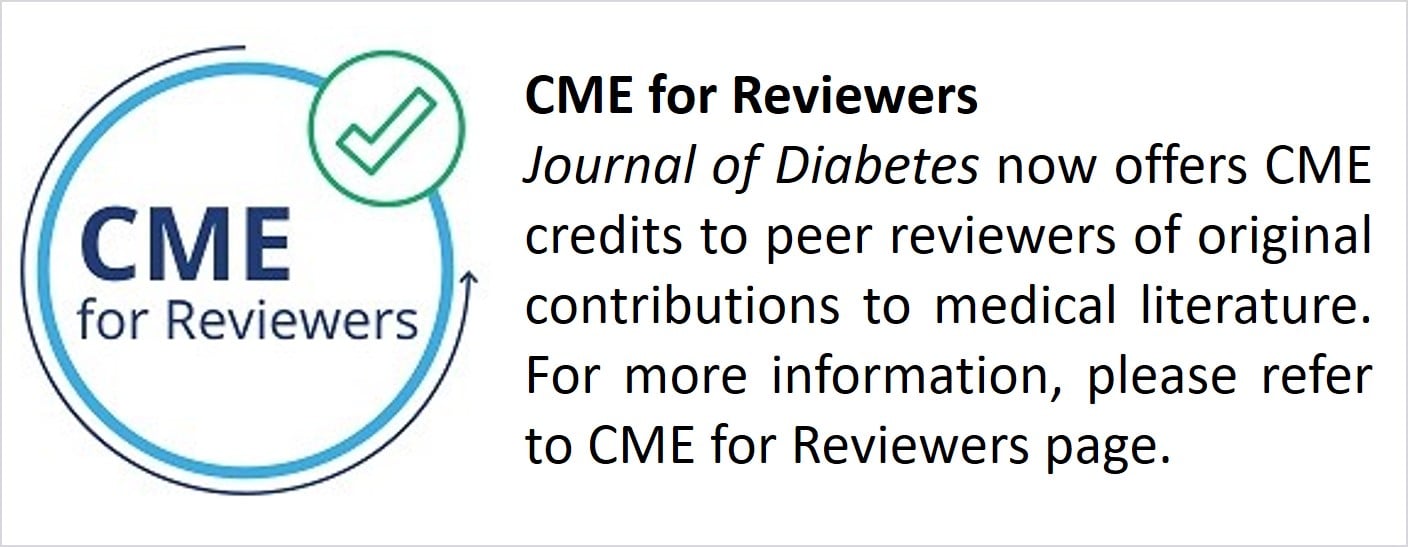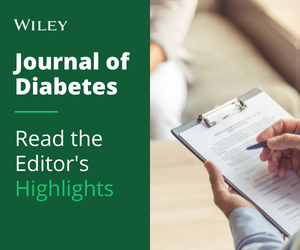Journal list menu
Export Citations
Download PDFs
ISSUE INFORMATION
EDITORIAL
Open Access
oa
What was new at the 2023 American Diabetes Association meeting?
- Pages: 636-639
- First Published: 11 August 2023
EDITOR'S RECOMMENDATION
Open Access
oa
Association between follicle-stimulating hormone and nonalcoholic fatty liver disease in postmenopausal women with type 2 diabetes mellitus
绝经后2型糖尿病女性中卵泡刺激素与非酒精性脂肪性肝病的相关性
- Pages: 640-648
- First Published: 23 May 2023
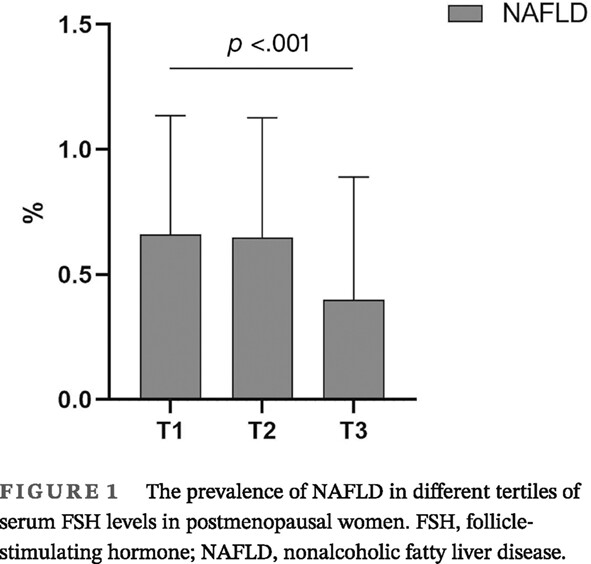
Highlights
- In Chinese postmenopausal women with type 2 diabetes mellitus, serum follicle-stimulating hormone levels were negatively and independently associated with the prevalence of nonalcoholic fatty liver disease.
- Metabolic conditions, including overweight/obesity, central obesity, hyperuricemia, hypertension, and dyslipidemia did not interact with this association.
- Follicle-stimulating hormone might be a potential independent index for screening and identifying individuals with high risk of non-alcoholic fatty liver disease in postmenopausal women with type 2 diabetes mellitus.
REVIEW ARTICLES
Open Access
oa
A Review of micro RNAs changes in T2DM in animals and humans
miRNAs在2型糖尿病人类和动物中的变化
- Pages: 649-664
- First Published: 17 June 2023
Open Access
oa
Interventional metabology: A review of bariatric arterial embolization and endovascular denervation for treating metabolic disorders
介入放射学:代谢性疾病治疗手段的新补充
- Pages: 665-673
- First Published: 12 July 2023
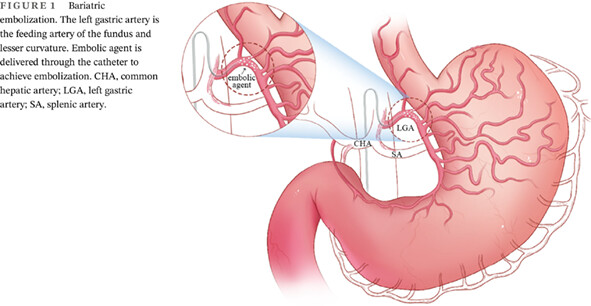
Highlights
- Interventional techniques offer novel therapeutic approaches for metabolic disorders such as obesity and type 2 diabetes mellitus, with advantages such as less invasiveness, fewer potential complications, and lower costs.
- By embolizing specific arteries feeding ghrelin-producing cells, bariatric arterial embolization not only promotes weight loss but also has potential effects on glucometabolism.
- Endovascular denervation targets nerves that regulate metabolic organs to improve glycemic control. The detailed mechanism and long-term effects are under research.
- A new territory named “Interventional Metabology” was proposed to encompass various interventional approaches to treating metabolic disorders.
ORIGINAL ARTICLES
Open Access
oa
Association of gamma-glutamyl transferase concentrations with all-cause and cause-specific mortality in Chinese adults with type 2 diabetes
中国成人2型糖尿病患者γ -谷氨酰转移酶浓度与全因死亡率及病因特异性死亡率的关系
- Pages: 674-684
- First Published: 09 May 2023
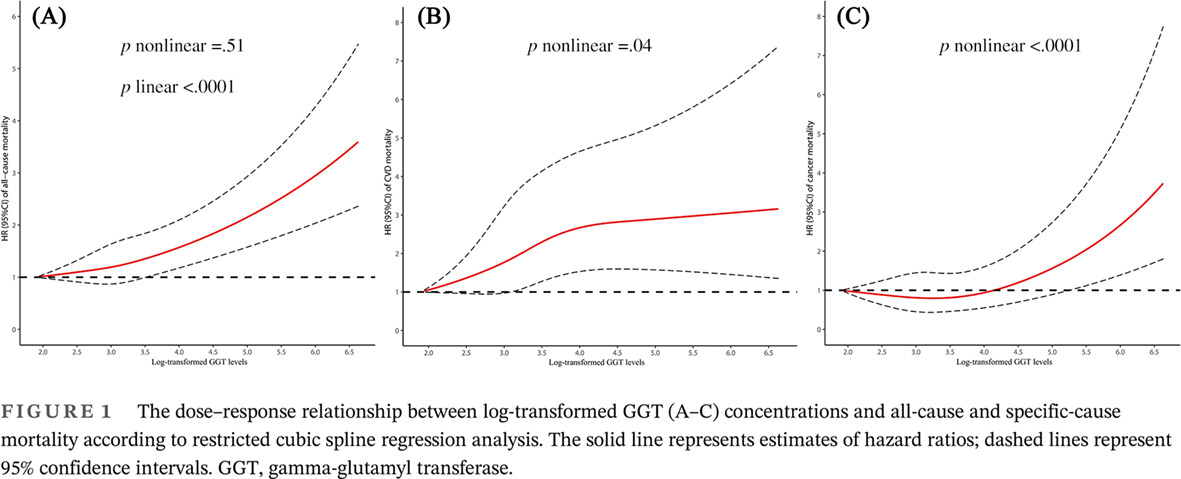
Highlights
- In people with type 2 diabetes, the risk of all-cause, cardiovascular disease, and cancer mortality increased with higher gamma-glutamyl transferase (GGT) concentrations.
- Stronger effects of GGT levels and all-cause mortality were observed in the group with body mass index <25 kg/m2 and those with dyslipidemia.
- GGT could potentially be used to predict the risk of cardiovascular disease and cancer among people with type 2 diabetes.
Open Access
oa
Effects of first-line antidiabetic drugs on the improvement of arterial stiffness: A Bayesian network meta-analysis
一线降糖药物对动脉硬化改善的影响:贝叶斯网络荟萃分析
- Pages: 685-698
- First Published: 10 May 2023
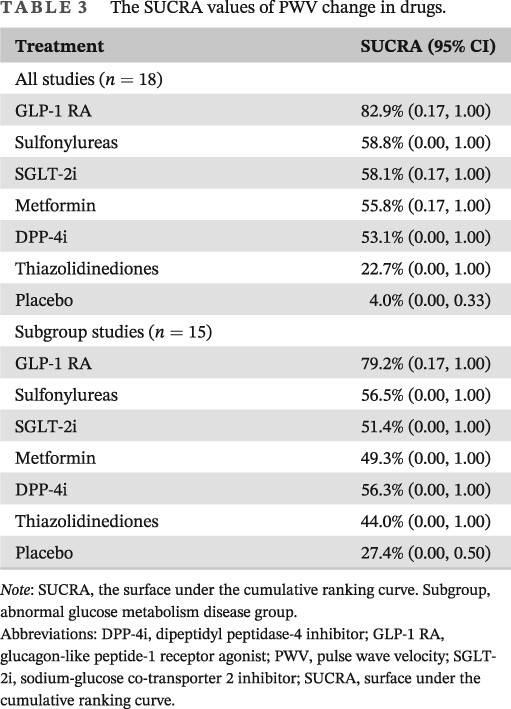
Highlights
- Vascular complication is one of the most important causes of death in diabetes patients.
- Arterial stiffness plays a key role in the progress of diabetes vascular complication; therefore, the improvement of arterial stiffness could inhibit the process of atherosclerosis and reduce the burden of diabetes vascular complications
- This study first analyzed the potential antiarterial stiffness effect of six first-line antidiabetic drugs, providing new strategies for personalized glucose-lowering therapy.
Open Access
oa
Impact on glucometric variables and quality of life of the advanced hybrid closed-loop system in pediatric and adolescent type 1 diabetes
高级混合闭环系统对儿童和青少年1型糖尿病患者血糖指标和生活质量的影响
- Pages: 699-708
- First Published: 19 June 2023
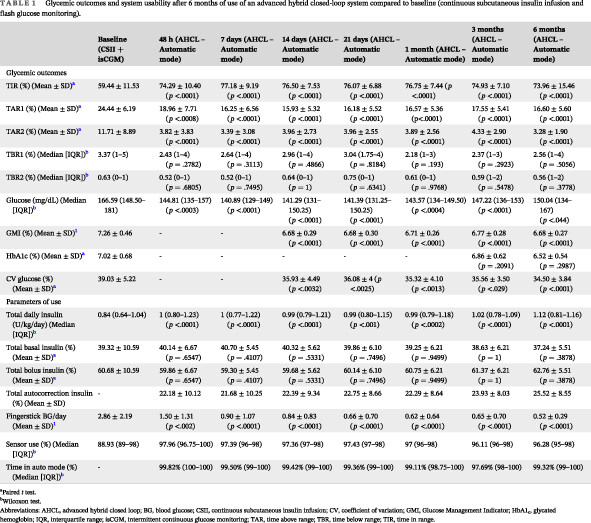
Highlights
- This study is the first to evaluate the efficacy of the closed-loop system MiniMed 780G in children aged 6 to 17 years with type 1 diabetes previously receiving continuous subcutaneous insulin infusion and intermittent continuous glucose monitoring.
- This shows early results, with improvement in time in range and all hyperglycemia times, from the first 48 hours after system switch and for 6 months of follow-up.
- There was an improvement in the Pittsburgh Sleep Quality Index score at 3 months, although it was not significant compared to the baseline value, with a high percentage of satisfaction with the new system.




